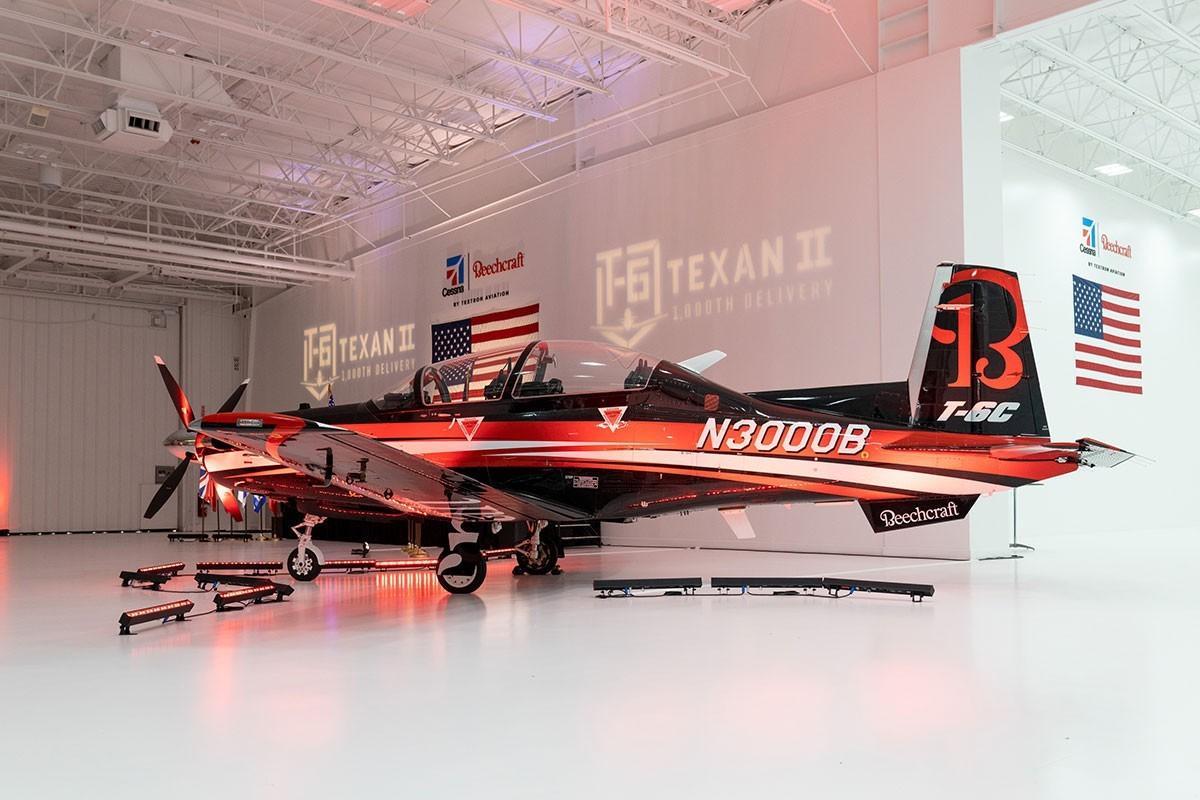
Vietnam is expected to continue with its defence modernization over the course of the decade, despite setbacks to its economy due to the COVID-19 pandemic.
Vietnam’s annual defence expenditure of approximately USD 5 billion however, is likely to be insufficient to equip the nation’s armed forces for the modern battlefield with drones, advanced precision munitions and artillery, high-end fighter aircraft and unmanned ground vehicles (UGV).
Vietnam has growing ties with the USA, which lifted an arms embargo on weapons sales to the Southeast Asian nation in 2016. Vietnam’s coast guard patrols inside the country’s 200-mile EEZ. Vietnam also placed orders for Boeing Insitu ScanEagle Unmanned Aerial Vehicles (UAV) in 2019.
The Vietnam Air Defence Air Force (ADAF) is slated to induct Beechcraft T-6C Texan II trainer aircraft, which are being acquired to modernise its pilot training programme. The ADAF-USAF relationship will be a keystone of the defence partnership between both nations in the 2020s and a significant part of the U.S. strategy of helping Vietnam move away from dependence on Russian weapons and China’s influence. It will also contribute to the U.S strategy of building partnerships in the Indo-Pacific region.
The U.S. Air Force (USAF) will be helping in the delivery and introduction of the aircraft into operational duty. Deliveries of three aircraft are slated to commence in mid-2023. The ADAF is looking to establish a modern Undergraduate Pilot Training (UPT) Programme based on the USAF’s pilot training model. The overall requirement includes the trainer aircraft, a contractor logistics support package (CLS), a minimum two-year spare parts package, a ground support equipment (GSE) package, and program technical support.
Also included in the requirement is one full-fidelity, 360 degree out the window visual display system simulator, one computer-based training lab with 12 student stations, up to three years of on-site CLS for the training devices, familiarization training for the training devices, up to three years of spares for the training devices, and programme support. The VDAF’s T-6C’s will be able to utilize external fuel tanks for extended range training operations over water and at extended geographic distances covering the length of the Vietnamese coast-line.
Vietnam will be the 14th nation to acquire the T-6C and the aircraft are being procured via a Foreign Military Sales (FMS) programme leveraging 2021 and 2022 Building Partnership Capacity funds. Vietnam is only the 2nd Southeast Asian customer for the T-6C, which has also been ordered by the Royal Thai Air Force (RTAF). All Beechcraft T-6 Texan II aircraft are designed and manufactured at the company’s Wichita, Kansas facilities. The T-6C is exported as a military flight trainer, while the T-6C+ is an armed variant of the T-6C for export.
Textron Aviation Defence completed the delivery of the 1,000th T-6C Texan II in October along with achieving the five million flight hour milestone across the global T-6 fleet. The 1,000th T-6 military flight trainer was delivered to the Colombian Air Force. A fleet of five T-6C Texan II trainers equip Air Combat Command No. 1 (CACOM-1) with its initial slate of Beechcraft T-6C Texan II advanced military training aircraft at the Capitan Germán Olano Moreno Air Base in Palanquero, Colombia.
Vietnamese armed forces still retaining significant capability to defend the nation’s territory and interests in case of any conflict in the near term. According to the Stockholm International Peace Research Institute (SIPRI), Vietnam has seen some of the largest increases in military expenditures in Southeast Asia. Between 2003 and 2018, according to the Stockholm International Peace Research Institute (SIPRI), the Southeast Asian nation’s military spending increased nearly seven fold, from USD 841 million in 2003 to USD 5.5 billion in 2018. India, Australia, PRC, South Korea and Vietnam were the top five arms importers in the region in 2014-2018, according to SIPRI data. Vietnam was number twelve on SIPRI’s list of arms importers between 2010 and 2016.
Vietnam’s defence white paper issued in 2019 had reemphasized its long-standing policy of the “Three No’s”. Vietnam will not enter into defence alliances, will not allow foreign bases on Vietnamese territory, and no be dependent on any country to combat others. Interestingly, Vietnam follows the approach of no interoperability and no communications links with other militaries, however, this approach is likely to change in the years ahead.

Headquartered in Singapore with reporters spread across all major regions, GBP Aerospace & Defence is a leading media house that publishes three publications that serve the aerospace and defence sector - Asian Defence Technology, Asian Airlines & Aerospace and Daily News. Known industry-wide for quality journalism, GBP Aerospace & Defence is present at more international tradeshows and exhibitions than any other competing publication in the region.
For over three decades, our award-winning team of reporters has been producing top-notch content to help readers stay abreast of the latest developements in the field of commercial aviation, MRO, defence, and Space.
Copyright 2024. GBP. All Rights Reserved.